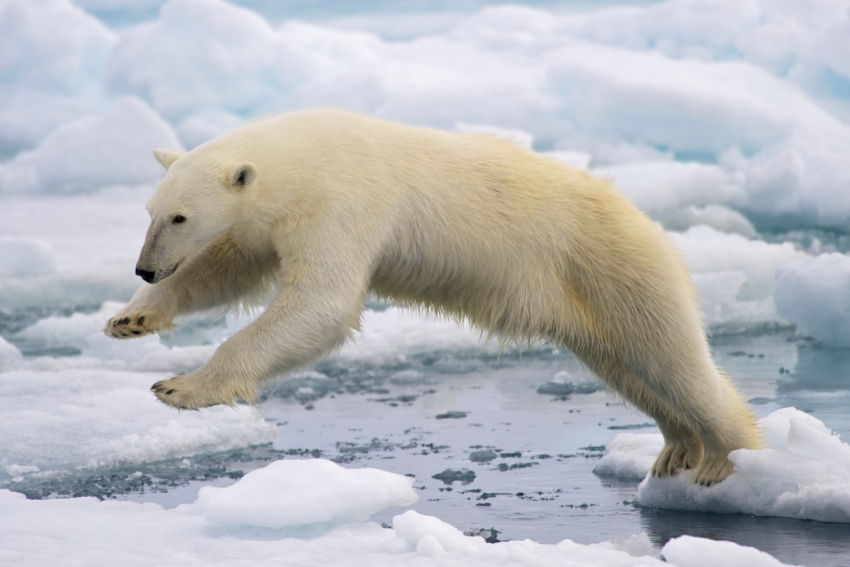Polar Bears International Endangered Status
February 22, 2021
We need to start talking about global warming towards polar bears; climate change is real, and we should tackle it. There are new studies that polar bears could become nearly extinct by the end of the century if we don’t enact strict climate policies. In 2007, there were predictions that polar bears would go extinct soon because polar bears have been highly effective in galvanizing attention, engagement, and action on climate change.
According to Daniel J. Cox at http://© Daniel J. Cox/NaturalExposures.com and http://Susan Crockford: State of the Polar Bear Report 2018 (pdf), the Arctic where polar bears live is enormous, about twice the size of the continental United States. Polar bear population has been studied since the 1960’s, and the biggest threat is regulation to hunting. Since hunting has became regulated around the world, by 1981, researchers have estimated a midpoint of the number of polar bears had increased to almost 23,000. The source also states, “However, data published in 2018 brought that number to almost 29,5009 with a relatively wide margin of error. This is the highest global estimate since the bears were protected by international treaty in 1973. ”
Polar bear population had increased during the years, the midpoint estimate has never been as high, the global number of polar bears has never been as high as of today. The global number of polar bears stands between 22,000-31,000 including a midpoint of 26,5000. The level has numbers risen, while 67% Polar decline with the Polar Bears in the Arctic.
There has been a success story for conservation that we have seen polar bears double the numbers since the 1960’s. But nearly 19 sub populations of polar bears, would be wiped out because of the loss of sea ice would force the animals onto land and way from their food supplies for longer periods. The fate of polar bears has long been a flash point in the debate over human-caused climate change. In some areas the bears remain on the ice year round, but spring and summer forces them to come ashore. The arctic sea ice grows in the winter and melts and retreats in spring and summer.
The region of polar bears have warmed rapidly in recent decades, ice extent in summer has decline about 13% per decade compared to the 1981-2010 average. Compounding the problem is that a longer fasting time also means a shorter feeding period for polar bears. While the polar bears are fasting, the bears also move as little as possible to conserve energy. The sea-ice loss and population decline create new problems and having to expend more energy searching for a mate, basically further affect survival. Over the years polar bears have become a symbol both of those who argue that urgent action on global warming is needed and for those who claim that the climate change is not happening or overblown.


